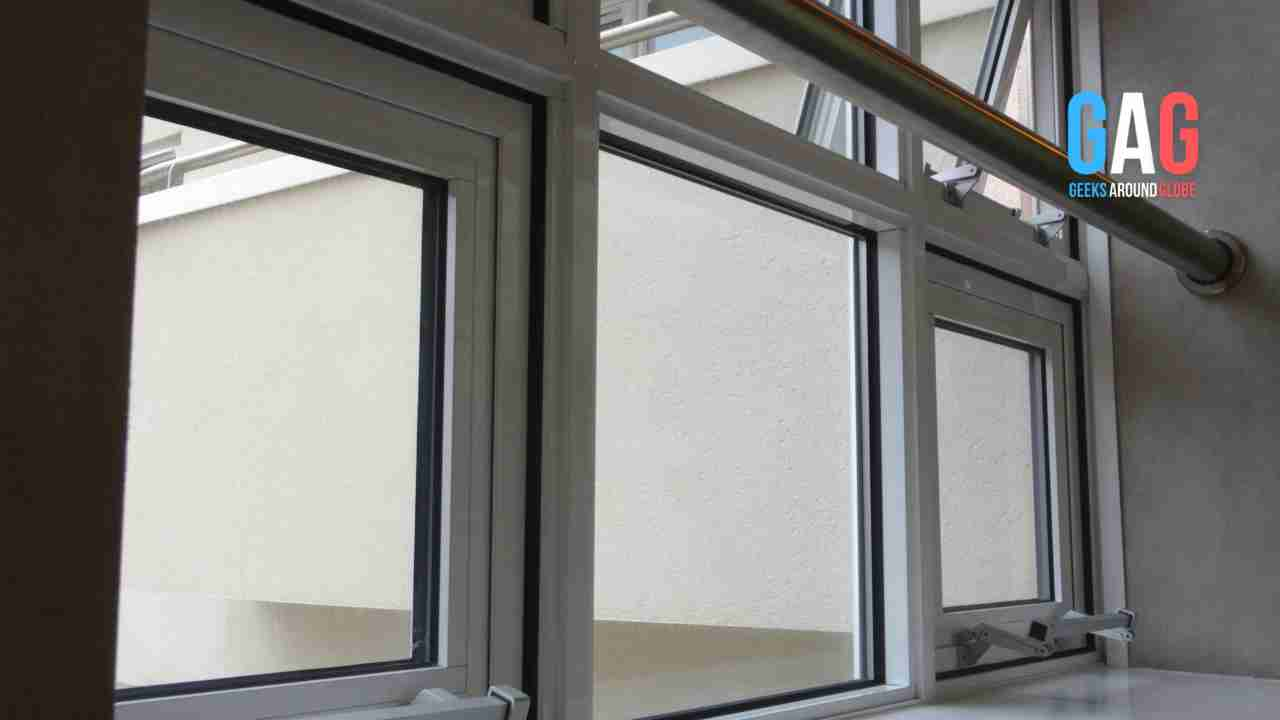Double glazing is a method of window construction that employs two panes separated by an air gap to reduce heat transfer and improve energy efficiency. Double glazing consists of two sheets of glass separated by a space, which helps to drastically reduce the amount of heat that passes through from inside to outside.
This simple guide from Climateframe Double Glazing will discuss the different benefits to double glazing, as well as the different types of double glazing that can be used.
Benefits of Double Glazing
Double glazing provides numerous benefits to property owners in Australia, such as increased comfort levels and reduced energy bills due to decreased heat loss. In this section, we will explore the perks of double glazing, such as diminished thermal dissipation, augmented comfort within your abode or edifice, and reduced energy costs.
Reduced Heat Loss
Double Glazing significantly reduces heat loss by creating a barrier between the inside and outside environments through its two layers of glass separated by a gap filled with air or gas. This design prevents heat from escaping during colder months while keeping out excessive warmth during hotter periods. As a result, you can maintain comfortable indoor temperatures throughout the year without relying heavily on heating or cooling systems.
Improved Comfort
Beyond temperature regulation, double glazed windows also improve overall comfort levels within your living spaces by reducing noise pollution from external sources such as traffic and nearby construction sites source. Additionally, they provide enhanced security due to their sturdy construction that makes them more resistant to break-ins compared to single-glazed windows.
Lower Energy Bills
The energy-efficient properties of double glazed windows translate into significant savings on your utility bills over time because less power is needed for heating and cooling purposes when these windows are installed properly in your home or commercial building source. Moreover:
- You may be eligible for government rebates if you install energy-efficient window solutions like Climateframe Double Glazing;
- Your property’s value could increase due to its improved thermal performance;
- You will be contributing to a greener environment by reducing your carbon footprint.
The benefits of double glazing are undeniable, from improved comfort to lower energy bills. Let’s now delve into the various varieties of double glazing available.
Types of Double Glazing
When considering double glazing for your home or commercial building, it’s essential to understand the different types available in the market. Each type offers unique benefits and features that can help you achieve better energy efficiency and comfort levels. Here are three popular types of double glazing:
Low-E Glass
Low-emissivity (Low-E) glass is a special type of glass designed to minimize heat transfer while still allowing natural light into your space. It has a thin metallic coating on its surface that reflects heat back into your room during winter months and prevents excessive solar heat gain during summer months.
- Better insulation: Low-E glass reduces heat loss by reflecting radiant heat back inside, keeping rooms warmer in winter.
- Solar control: In summer, Low-E glass helps prevent overheating by blocking out excess solar radiation.
- Fade protection: The protective coating also filters out harmful UV rays, protecting furniture and fabrics from fading over time.
Argon Gas Filled Windows
In addition to using specialized glass like Low-E, some double-glazed windows feature argon gas between the panes instead of regular air. Argon-filled windows offer superior insulation compared to air-filled models, due in part to their reduced thermal conductivity which limits convective currents and thus decreases heat loss.
- Better thermal performance: Argon-filled windows provide improved insulation properties than standard air-filled units because they reduce convective currents within the window cavity resulting in less overall heat loss through conduction. This means your home stays warmer in winter and cooler in summer, reducing energy consumption.
- Reduced noise pollution: Argon gas also helps to dampen sound transmission through the window, providing better acoustic insulation for a quieter indoor environment.
Laminated Glass
Laminated glass is a type of double glazing made from two or more layers of glass with an interlayer of either polyvinyl butyral (PVB) or ethylene-vinyl acetate (EVA). This type of glass offers several benefits:
- Safety and security: The interlayer holds the glass together if it’s shattered, preventing shards from causing injury or allowing intruders easy access to your property.
- Noise reduction: Like argon-filled windows, laminated glass provides excellent sound insulation due to its multiple layers and interlayer material. This can be particularly beneficial in busy urban areas where external noise may be a concern.
- Fade protection: The PVB or EVA layer within laminated glass can help filter out harmful UV rays, protecting furnishings and fabrics inside your space from fading over time.







